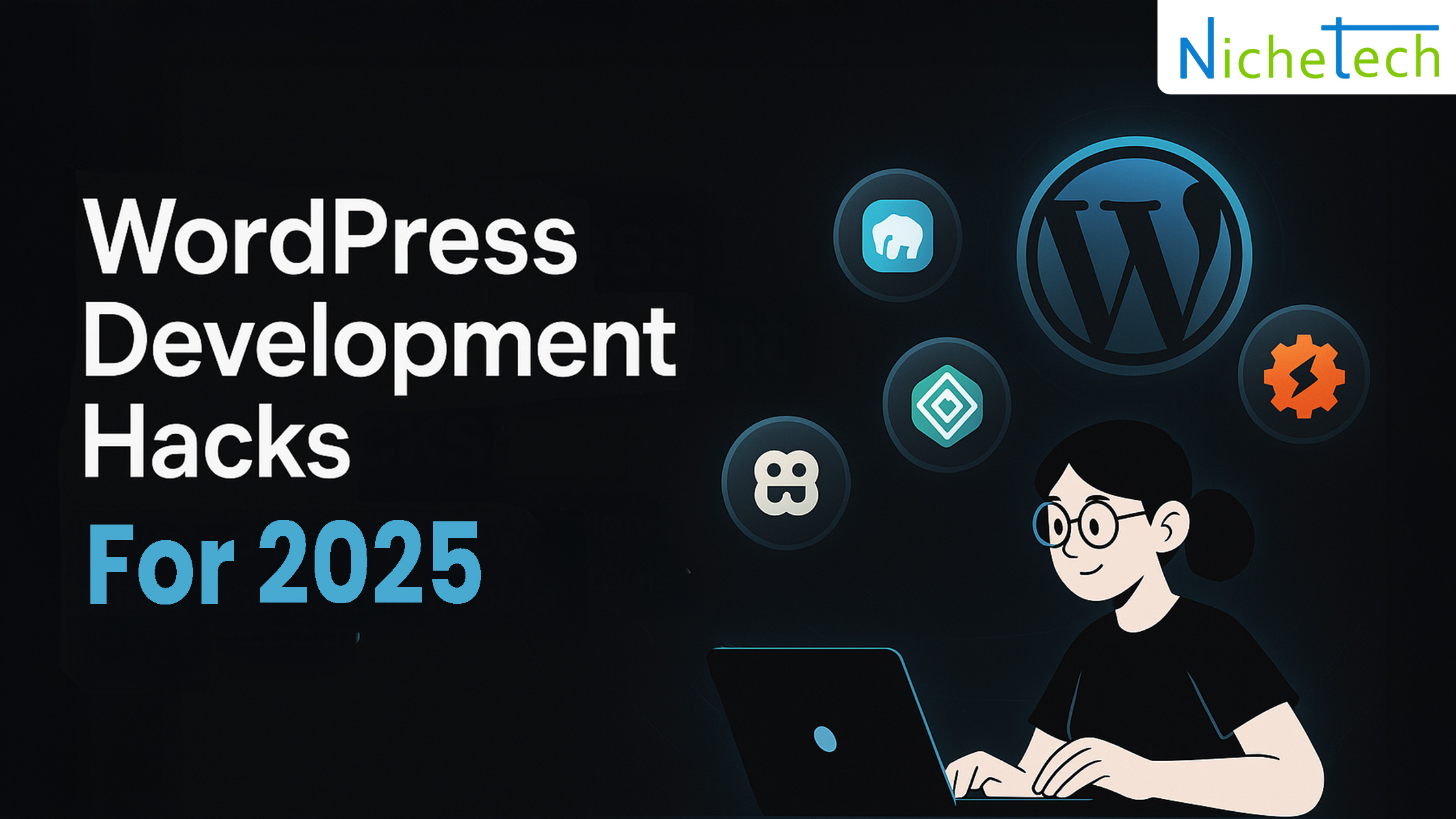WordPress remains one of the most popular content management systems (CMS) in the world, powering over 40% of all websites. As it continues to evolve, developers need to stay on top of the latest tricks and techniques to ensure their WordPress Development Services sites are fast, secure, and user-friendly. In 2025, new trends, tools, and updates are changing the way WordPress is used, and knowing the best practices can give you a competitive edge.
Here are 10 must-know WordPress development hacks for 2025:
1. Leverage the Block Editor (Gutenberg) to Its Full Potential
Gutenberg, WordPress’s block-based editor, has been a game changer. By 2025, Gutenberg is more refined, and embracing its full capabilities will save you time and effort in creating flexible, dynamic layouts.
Hack:
Use Custom Blocks to create reusable components that are easy to implement across your site. Custom blocks streamline the development process, making it easier to maintain consistency across your pages and posts.
Explore third-party plugins like Block Lab to create custom blocks without needing to dive into code.
2. Embrace Full Site Editing (FSE) for Better Flexibility
With the advancement of Full Site Editing, you can now design your entire website (headers, footers, sidebars) with blocks. This allows you to create more personalized and complex designs without relying on a theme builder.
Hack:
Start using theme.json to control your website’s style globally. It helps you manage settings like typography, color schemes, and layout from one central file, making future changes much quicker and more consistent.
FSE Themes: Choose or develop an FSE theme to get full control over your website’s structure and design.
3. Optimize Your Site for Core Web Vitals
Google’s Core Web Vitals play a crucial role in SEO, ranking websites based on performance and user experience. In 2025, this will be more important than ever.
Hack:
Use lazy loading for images and videos, ensuring that content only loads when it comes into view. This reduces the initial load time and improves your site’s performance.
Implement WebP images for better compression without sacrificing quality, reducing page load times.
Use tools like Google PageSpeed Insights to diagnose and fix Core Web Vitals issues like Largest Contentful Paint (LCP) and Cumulative Layout Shift (CLS).
4. Implement PHP 8+ Features for Speed and Security
PHP 8 and beyond have introduced major improvements in speed and security. Most hosting providers offer PHP web Development Services 8.x, and using it ensures better performance and fewer security risks.
Hack:
Upgrade PHP to 8.x (or later) for faster execution. It improves performance by reducing the time WordPress spends processing server requests.
Take advantage of new features like JIT (Just-In-Time) compilation to boost processing power, particularly useful for larger websites and e-commerce stores.
5. Enhance Security with Two-Factor Authentication (2FA)
Security is always a concern for WordPress developers, and with increasing attacks, 2FA has become a must-have.
Hack:
Integrate two-factor authentication (2FA) into your login process using plugins like Wordfence or Google Authenticator. This adds an extra layer of protection to your WordPress site.
Use SiteLock or similar services to scan your site for vulnerabilities and ensure real-time protection.
6. Optimize Your Site with Object Caching
Caching is one of the most effective ways to speed up WordPress websites. Object caching, which stores complex database queries in memory, is particularly beneficial for larger sites.
Hack:
Implement Redis or Memcached as an object caching layer. Both technologies store data that doesn’t change often, reducing the load on your database and improving response times.
Enable persistent object caching in your wp-config.php file to ensure cache data is retained between page loads.
7. Use Headless WordPress for API-Driven Development
Headless WordPress allows you to use WordPress as a content management system (CMS) and decouple the front end from the back end, enabling you to use any front-end technology (like React or Vue) to display your content.
Hack:
Implement Headless WordPress using the REST API or GraphQL to deliver content to external front-end platforms like mobile apps, progressive web apps (PWAs), or even IoT devices.
This setup allows you to build highly dynamic and scalable websites, keeping your back-end CMS secure and easy to manage.
8. Implement AI-Powered Tools for Content Creation and Optimization
AI is transforming how we create and optimize content. In 2025, there are more tools than ever to help automate tasks and improve content.
Hack:
Use AI tools like Frase.io or Surfer SEO to automatically generate blog content ideas, optimize for SEO, and suggest relevant keywords.
Implement AI-powered chatbots to provide users with real-time, intelligent support directly from your WordPress site.
9. Customize WordPress Dashboards for Better Management
If you manage multiple sites or work with clients, customizing the WordPress dashboard can save you tons of time by streamlining your workflow.
Hack:
Use Adminimize to declutter the WordPress dashboard and restrict access to specific features for clients or team members.
Customize user roles and permissions using plugins like User Role Editor to give users access only to the parts of the site they need, improving security and efficiency.
10. Automate Backups and Updates to Prevent Downtime
WordPress sites are constantly evolving with new plugins, themes, and WordPress updates. Keeping everything up-to-date is essential for security and performance.
Hack:
Use automated backup solutions like UpdraftPlus or BackupBuddy to regularly back up your site, ensuring you can recover quickly in case of a crash.
Set up automatic updates for minor WordPress, plugin, and theme updates to keep your site secure without requiring constant manual intervention.
Final Thoughts
The WordPress landscape in 2025 is more dynamic and feature-rich than ever. By implementing these 10 development hacks, you can stay ahead of the curve, improving your site’s performance, security, and user experience. Whether you’re a developer, agency, or business owner, these techniques will help you create smarter, faster, and more secure WordPress sites.
By continually adopting new technologies, best practices, and optimizing your WordPress site, you’ll not only improve your workflow but also ensure your websites are built for the future.







